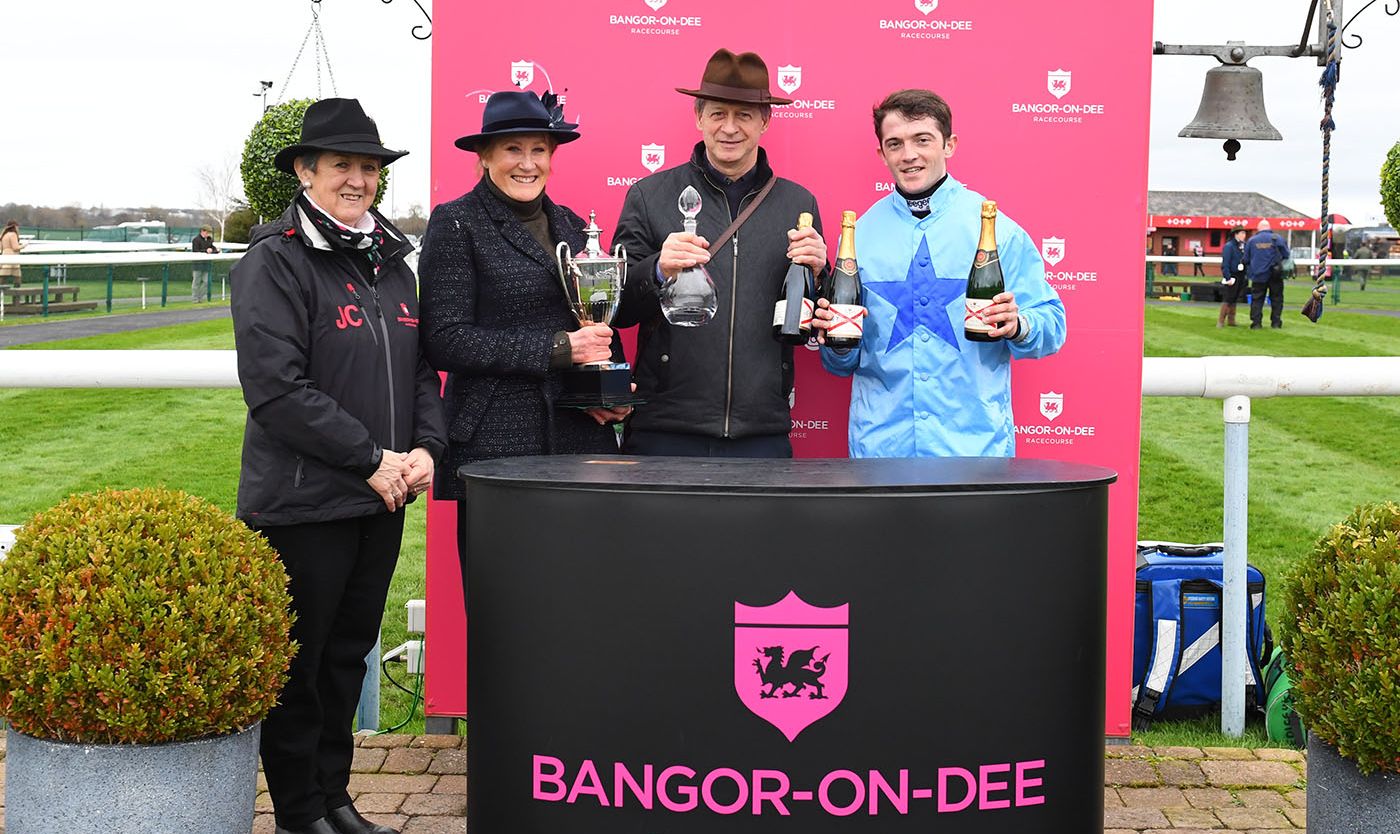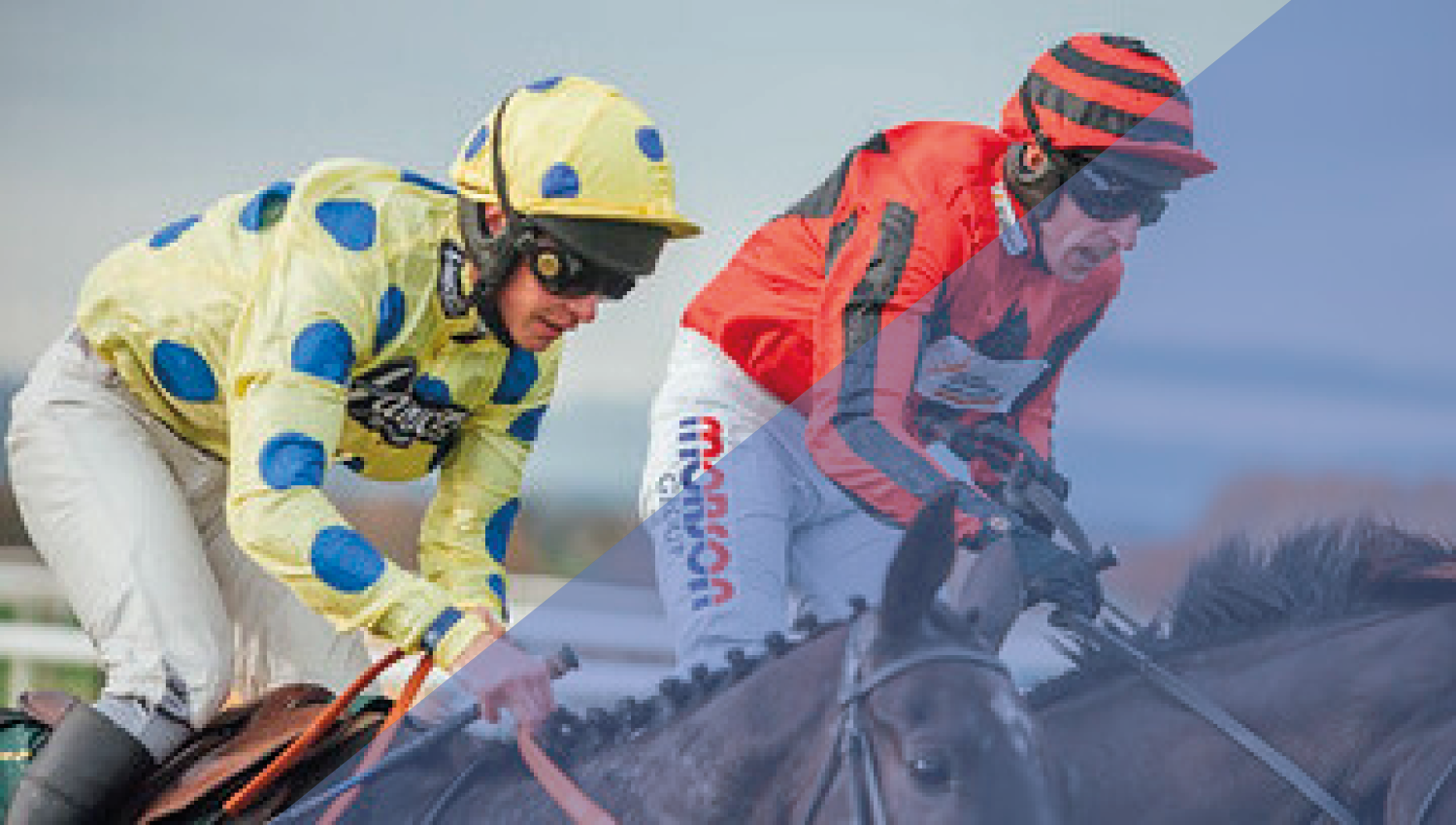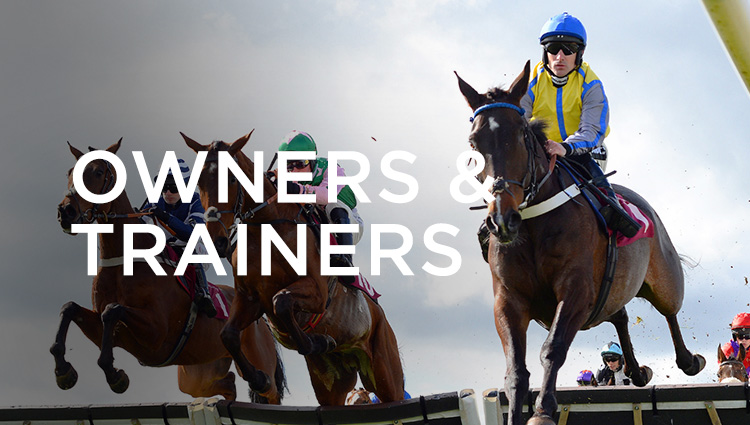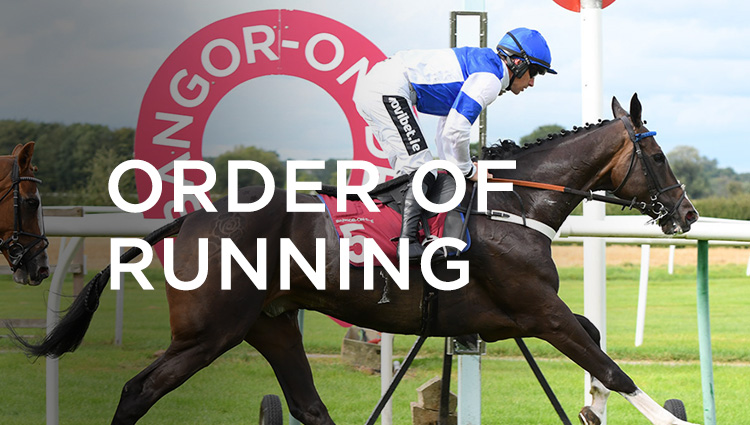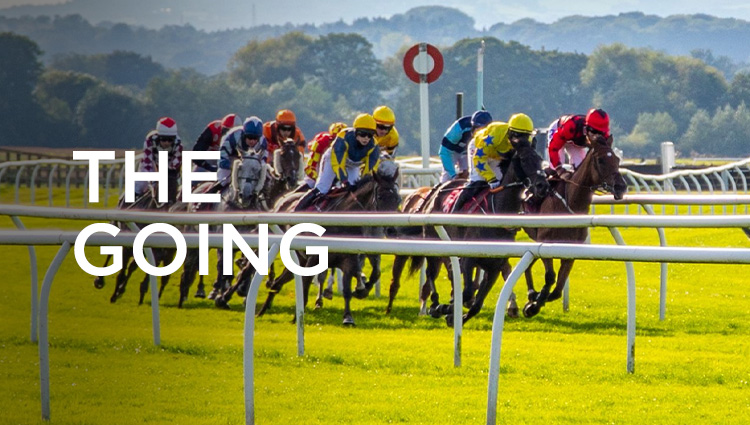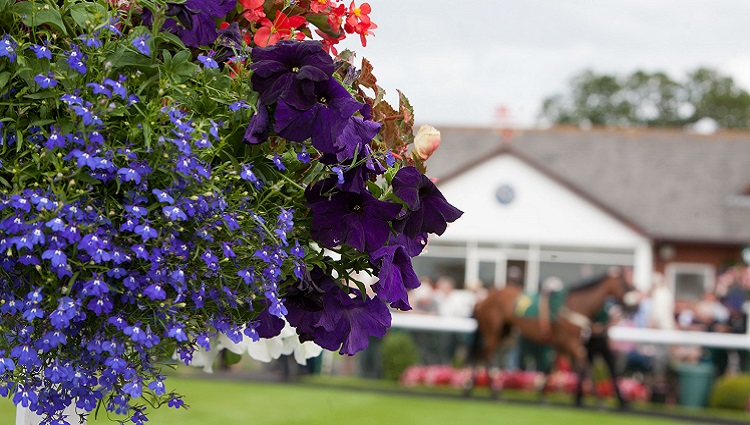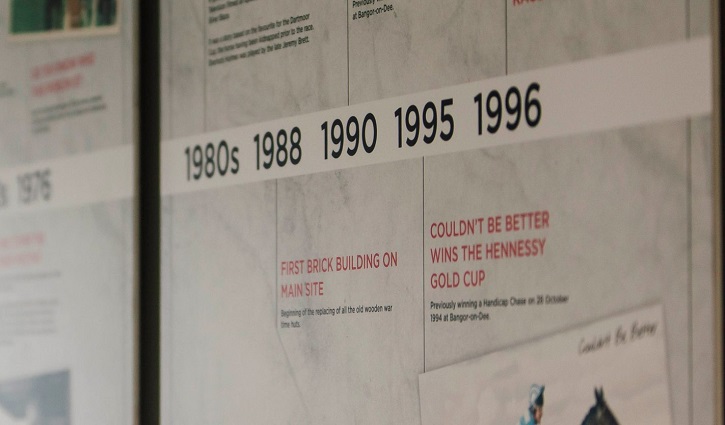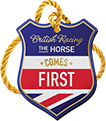Delving into Bangor’s Past
Published on 16 April 2020
By Arthur Shone
The sun would have had the punters piling in through the gates at Bangor-on-Dee tomorrow. But horse racing is abandoned across the globe with National Hunt jumps racing not scheduled back on the calendar until July. So, what a perfect moment to look back at the history of this picturesque North Wales course on the banks of the River Dee. It all started back in the 19th Century when in 1858 a match for £50gns was arranged across country on the meadows of Bangor on Dee between the Hon Lloyd Kenyon and Richard Myddleton Biddulph of Chirk Castle. The latter won easily in front of a very large crowd. The event was so popular that it was decided to hold an annual race meeting, which was funded by subscriptions by members of the Sir Watkin Wynn’s Hunt and local farmers. The meeting took place on February 25 1859 over virtually the same course where they take place today. The main event on the card was the Grand Wynnstay steeplechase run over three miles. The race attracted 12 runners and was won by Mr Jones’s horse Charley and ridden by a jockey called Gaff.
For the first 20 years of racing there was a race on the card for ponies under 14 hands and in 1868 the race was won by a roan pony called Maid Of Trent which provided a ten-year-old boy called Fred Archer with his first ever winner. The winner was owned by Mrs Willins of Rugby who was looking for a lightweight to ride her pony, she took advice from William Archer who recommended his son Fred. The following year Archer went as an apprentice to Matt Dawson. He went on to ride the winners of 2,748 races, of which 21 of those were classics, including five Derbys. Archer was also champion jockey 13 times and held the record for the most wins in season of 246, which stood until 1933, when it was beaten by Sir Gordon Richards with a 259 tally. He maintained that the best horse he ever rode was the 1886 triple crown winner Ormonde, who was unbeaten in all 16 races and owned by the Duke Of Westminster from Eaton Hall, near Chester.
Sadly, Archer took his own life while suffering from depression aged 29 on November 8 1886. In 1889, jockey Fred Hassall, who was born in Whitchurch on September 26 1865, went into the record books at the North Wales course at the April meeting when riding five winners out of the seven races with Miss Palmer, Bagman, Candytuft, Curiosity and Sweet Ethel – a record that still stands today. Hassall did not go on to enjoy a happy retirement as he died in the Chester Infirmary on November 13 1909 after a fall on the gallops at the age of 44.
Horses that have won at Bangor and gone on to win the Aintree Grand National before the turn of the century were Gamecock in 1887. Just to prove it wasn’t a fluke, he turned up 24 hours later and won the champion chase over the Grand national fences. Cloister also won the big race in 1893 and remains only one of four horses to have won the race carrying top weight of 12st 7lbs. The former owner of Bangor racecourse Major Hugh Peel saw his wife Gwladys’ colours carried to victory in the war time Grand National at Gatwick with Poethlyn in 1918 and the Liverpool Grand National in 1919. The winner was ridden by Ernie Piggott, Lester’s grandfather, this was the last time any horse won the race carrying 12st 7lbs. In doing so at 11-4, he became the shortest priced winner ever of the race and the dual winner is buried on the Bryn-y-Pys estate in Overton.
In 1947, the racecourse held two meetings in the spring, and this was significant as racing took place on the newly constructed hurdle course for the first time. Also, on May 3 1947, the Royal jockey and best-selling author Dick Francis rode his first winner at Bangor aboard the George Owen trained Wrenbury Tiger in the Bettisfield Foxhunters Cup. He is always associated with the collapse of the Queen Mother owned Devon Loch in the 1956 Grand National 50 yards from the winning post. Francis always maintained it was the tremendous noise of the crowd which spooked the horse. In 1919, Major Gilbert Cotton took over from his father Frank, who had held the post for 30 years and his son holds the record for the longest serving clerk of the course when he retired in 1969 after 50 years in office.
In 1953, a company was formed called the Bangor on Dee Steeplechases Ltd, and the following year a stable block and accommodation for stable staff was built opposite the racecourse. In recent times Amberleigh House, trained by the late legendary trainer Ginger McCain won the Bryan Williams Handicap chase in 2002 at the course and went on to win the Grand National two years later. It was also the trainer’s fourth and last Grand National winner following the three-time people’s favourite, Red Rum in 1973,74 &77. Not to be outdone his son Donald McCain won the AMS Novices chase at the course with Ballabriggs in 2008 before emulating his father in 2011 when Ballabriggs won at Aintree.
In 2002, Chester racecourse bought Bangor on Dee racecourse to secure its future, it was also around this time that the likes of ARC were trying to add racecourses to their portfolio. An indication of the quality of horses that now run at the North Wales course was emphasised by the Paul Nicholls trained Denman, who won the JPCS Novice Hurdle in 2006, before going on to win the blue ribband of chasing in 2008, the Cheltenham Gold Cup.
In 2006, racing took place righthanded for the first time following the construction of a new point to point course, which stages two meetings a year by the Wynnstay and the Flint and Denbigh hunts. Sadly, only the Wynnstay Hunt took place this year as the Flint and Denbigh meeting was abandoned due to flood damage twice and then the season across the country was cancelled altogether due to the coronavirus.
Last year Bangor opened a new facility for owners and trainers, which has received a lot of praise from the owners and trainers. A documentary on Sky Sports Racing with racecourse manager Jeannie Chantler giving a good behind the scenes on race days outlook is well worth watching.
With thanks to the Wrexham Leader for permission to publish.


